
Told You Need a Tooth Extraction for braces?
In some orthodontic cases where patients have crooked or crowded teeth, patients are told they must have an extraction before their teeth can be properly aligned. In many circumstances that may be true, but oftentimes there’s another, less destructive, solution for patients through surgical orthodontics in Oak Brook Terrace and Glenview, IL. Surgically Facilitated Orthodontic Therapy, or SFOT, is an alternative orthodontic approach to managing dental crowding, malocclusion and is airway centric. Many patients may have a tooth extracted and teeth aligned during orthodontic treatment only to discover that their teeth relapse years later, they develop gum recession, or that they don’t have enough room for their tongue. Most of the time, the problem is not too many teeth for the jaw, but rather not enough jawbone volume to house the teeth properly. Using novel surgical techniques which our practice is a worldwide leader in, SFOT may be used to prevent tooth extractions, develop bone volume around the teeth, correct an improper bite (malocclusion), reduce the long-term risk of gum recession and develop more oral cavity volume compared to a traditional approach which involves extraction and retraction. In addition, evidence-based research has clearly demonstrated that SFOT reduces the amount of time spent in braces by over 50%.
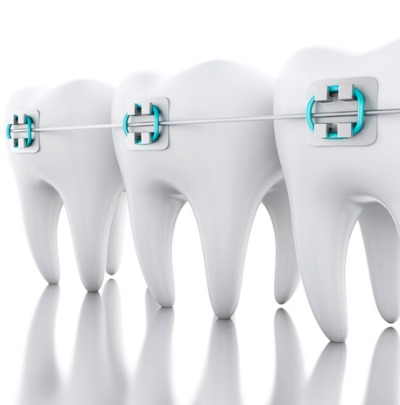
bone. The Foundation of a Smile
Your jawbone is a fundamental part of your mouth and forms the foundation of your teeth. When you don’t have enough alveolar bone for the teeth, your teeth may not have enough room to be properly aligned. This is very common in patients with dental crowding or crooked teeth. In certain instances, tooth extractions may be recommended in order to make room to align teeth. Unfortunately, extracting a tooth is irreversible and has the potential to reduce oral cavity volume. Instead, SFOT adds the necessary bone around the teeth, constructing what was mother nature did not provide, and can offer reduced orthodontic treatment times along the way.
Reduced Treatment Time, Reduced Risk of Complications
SFOT is a revolutionary approach that includes correcting misaligned teeth by purposefully exploiting the potential of the surrounding bone after periodontal surgery to respond to orthodontic treatment more gently and more predictably. After corticotomy surgery, the bone physiolgically “softens” for a transient period of roughly 3-4 months. This is known as the regional acceleratory phenomena (RAP), something originally discovered in orthopaedic surgery. RAP will actually make it easier, and faster, to move the teeth into their proper place. The accompanying bone augmentation will create more bone volume to prevent extractions, increase the boundaries which with safe tooth movement can occur and transform the periodontal phenotype to one that is actually less susceptible to bone loss and gum recession. In many cases, SFOT can also help accomplish orthodontic tooth movement objectives that would not otherwise be possible as well as optimize oral cavity volume conditions while preserving teeth.
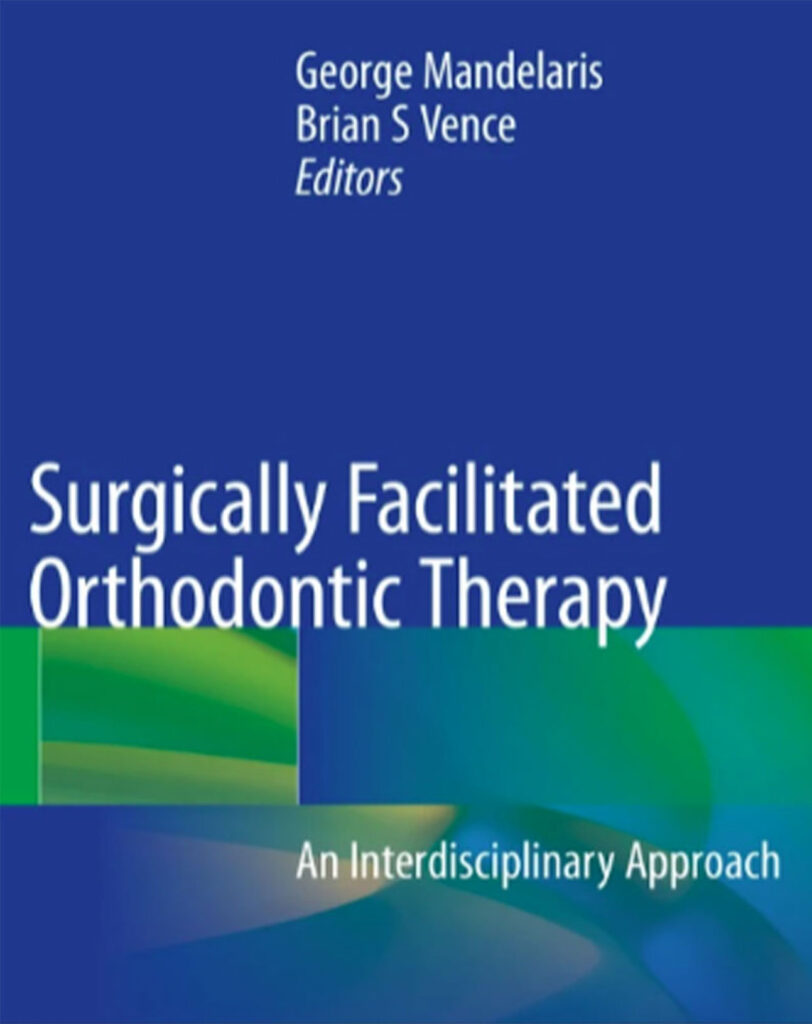
Benefits of SFOT Therapy
- Takes a comprehensive, interdisciplinary approach to orthodontic care
- May avoid tooth extractions
- Reduces orthodontic treatment time
- Establishes proper bone structure
- Lowers incidences of relapse
- Decreases likelihood of root breakdown
- Converts thin periodontal phenotypes to thick, reduces the incidence of bone loss influenced from tooth movement
- Can be used with aligners as well as braces
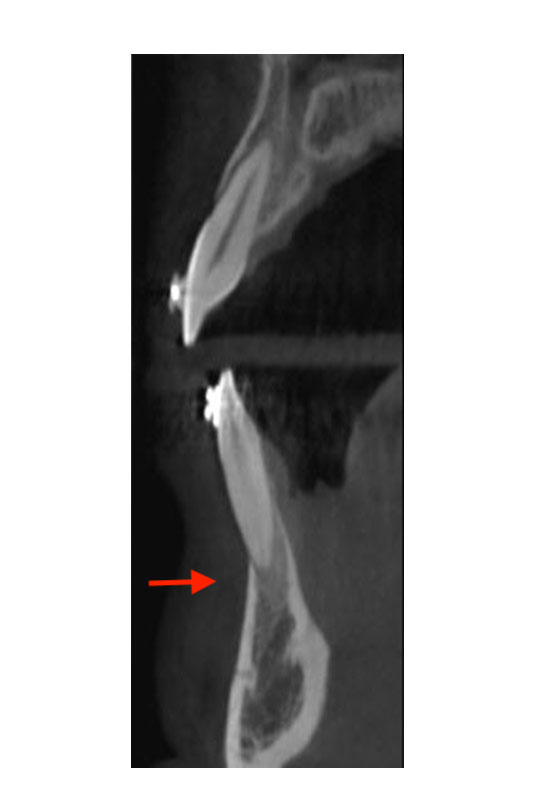
- Pre Op SFOT Cross Sectionals
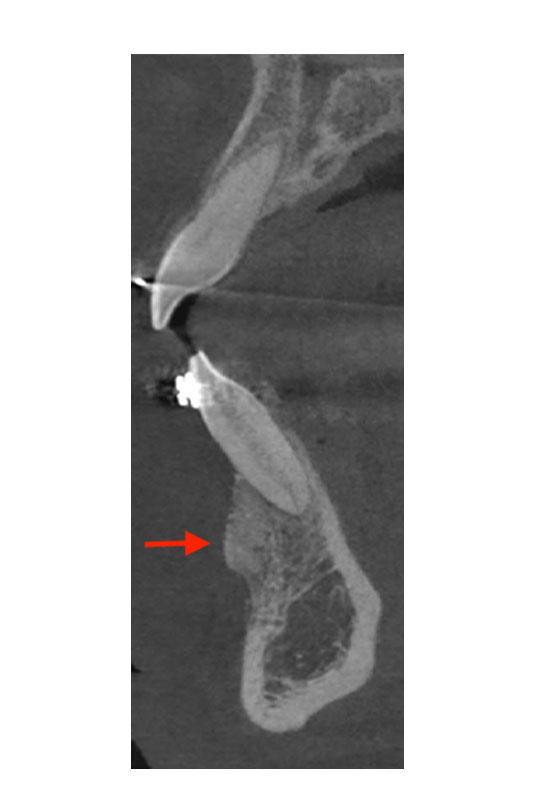
- Post Op SFOT Cross Sectionals

Surgically Facilitated Orthodontic Therapy (SFOT)
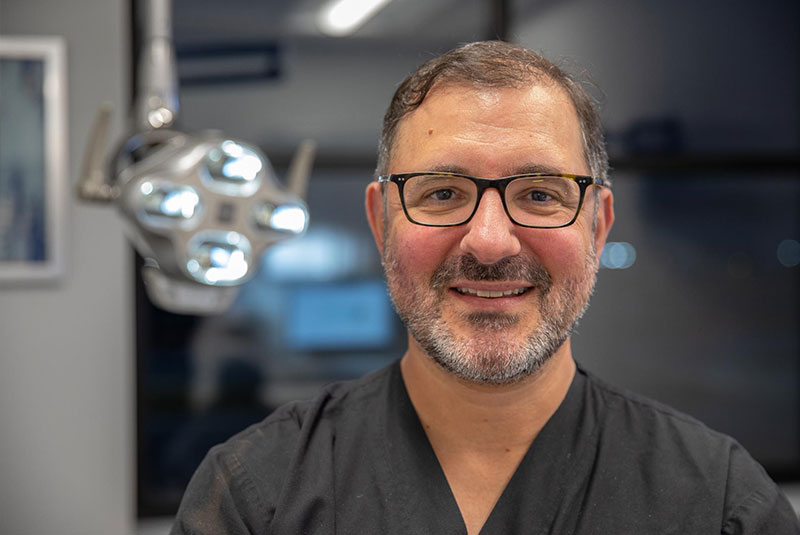
- The link between gum recession and orthodontics
Planning for Your Surgery
If your orthodontic therapy isn’t planned correctly from the outset, and you are already at risk for periodontal problems, you can end up having compromised results which may be irreversible. We use a collaborative, interdisciplinary approach involving digital technology to prevent this from happening. Orthodontic simulation digital planning, similar to that used for dental implant placement, uses advanced CBCT imaging to map out your individual anatomy and simulates tooth movement requirements through computer software simulation technology before rendering any treatment on the patient. This removes all the guesswork before commencing with treatment and also involves the patient in the process to develop a personalized plan based on his/her unique anatomy, circumstances and outcome goals. Such a process, can avoid having to pull teeth in preparation for orthodontic therapy by considering alternative approaches (such as SFOT) and may optimize or enlarge oral cavity volume as well as improve oral/periodontal health.


